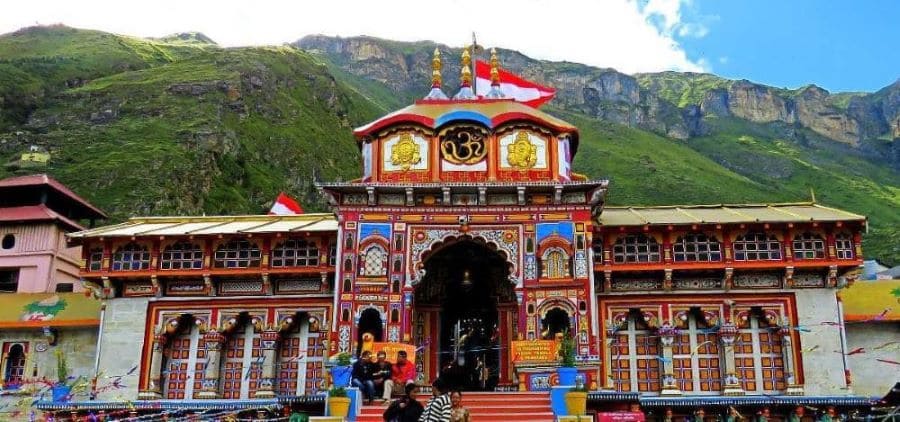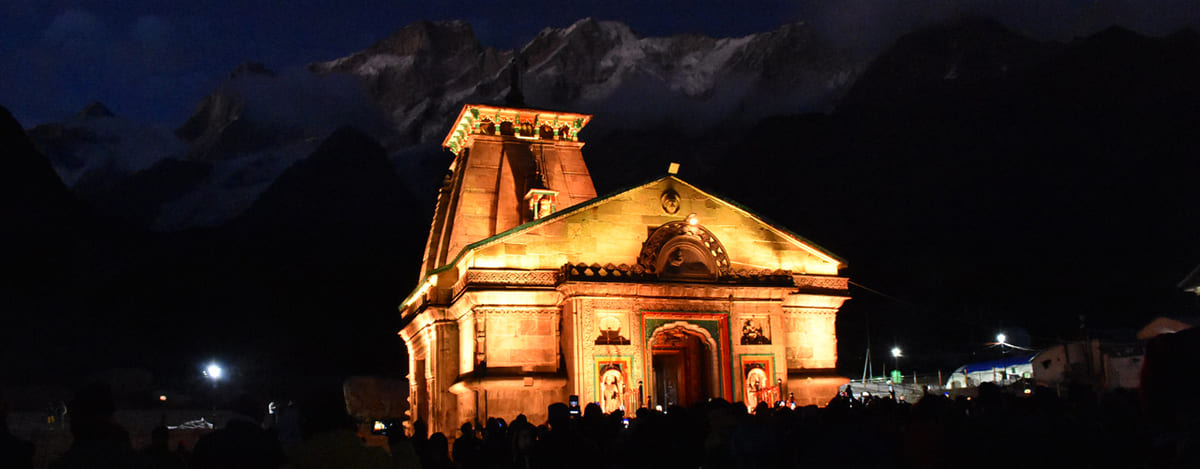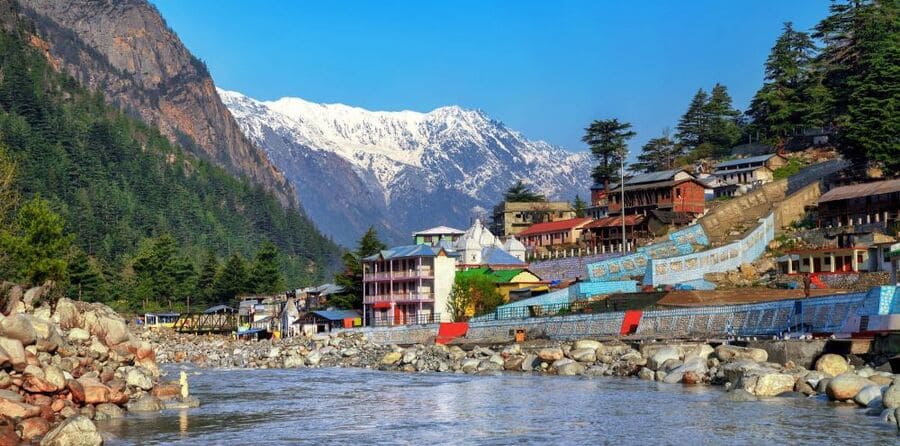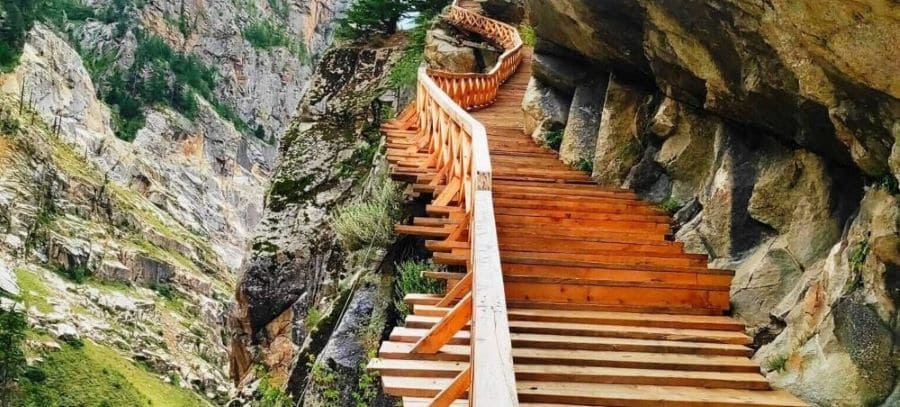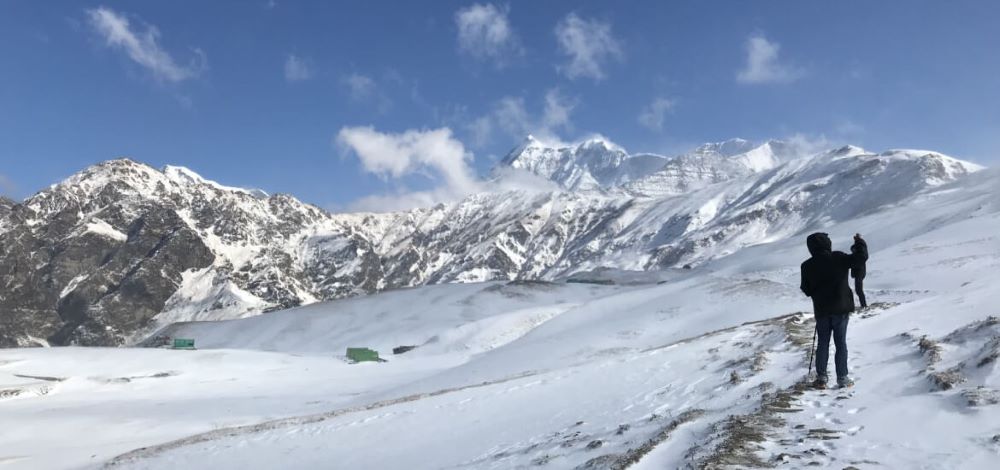Discover the Best time to visit Badrinath, nestled in the Himalayas. Immerse yourself in spirituality at the revered temple amid breathtaking landscapes.
Badrinath stands as a sacred jewel in the heart of Uttarakhand, India. This spiritual haven is renowned for its ancient Badrinath Temple, dedicated to Lord Vishnu. As one of the Char Dham pilgrimage sites, Badrinath attracts devotees and seekers from far and wide. The Badrinath Temple, perched at an elevation of 3,133 meters (10,279 feet), is a testament to timeless architecture and unwavering faith. Pilgrims embark on a journey to this divine abode, traversing through scenic landscapes, including the quaint Mana Village, the last village before the Indo-Tibetan border.
Best Time to visit Badrinath, choosing the right time to visit this spiritual haven ensures a memorable and enriching experience. Visiting Badrinath unveils the essence of Hindu mythology, with legends and folklore echoing through the air. The town comes alive during the pilgrimage season, typically the best time to visit Badrinath is from May to November, welcoming devotees with open arms. Here’s a guide to help you pick the best time to visit Badrinath pilgrimage:
The Best time to visit Badrinath is:
| Seasons | Months | Temperature |
| Summer | April-June | 6°C to 22°C |
| Monsoon | July-September | 11°C to 16°C |
| Autumn | October-November | -1°C to 10°C |
 Book Badrinath Tour with Vasudhara
Book Badrinath Tour with Vasudhara Here are the complete details for the best time to Visit Badrinath Temple:
1. Summer Bliss (April-June)
- Weather:
The summer months of April-June offer pleasant temperatures ranging from 6°C to 22°C, creating a comfortable and enjoyable atmosphere. - Temple Visit:
This period is the best time to visit Badrinath for those seeking spiritual solace as the Badrinath Temple opens its doors to pilgrims, providing a serene environment for prayer and meditation. As the snow recedes, Badrinath unveils its breathtaking beauty. The pilgrimage season sees cultural festivities, adding a vibrant touch to the spiritual atmosphere. Traditional rituals, hymns, and ceremonies resonate in the air, creating an immersive experience for those partaking in the divine celebrations. - Sightseeing:
The surrounding natural beauty is in full bloom during this time, making it perfect for exploring nearby attractions like Mana Village and Vasudhara Falls. The town becomes a hub of activity, buzzing with the energy of pilgrims and tourists eager to witness the divine aura.
2. Monsoon Mystique (July-September)
- Weather:
Monsoon brings occasional rainfall, but the lush greenery and mist-covered mountains create a tranquil ambience. Temperatures range from 11°C to 16°C. Monsoon is not one of the best times to visit Badrinath due to landslides and other obstacles. - Spiritual Retreat:
While monsoons may have occasional showers, the reduced tourist traffic allows for a more intimate and reflective visit to the Badrinath Temple. From July to September, the monsoon season casts a gentle veil over this sacred town, offering a unique perspective to those seeking a more intimate encounter with the divine. The Badrinath Temple, while receiving fewer visitors due to the occasional rain, becomes an intimate sanctuary during monsoon. - Nature’s Beauty:
The rain enhances the natural beauty of the region, showcasing vibrant landscapes. However, it’s advisable to check weather conditions before planning your trip. The lush greenery, bathed in rain-kissed freshness, paints a vivid tableau against the majestic backdrop of the Himalayan peaks. The reduced tourist traffic during monsoon imparts a monastic stillness to the town. Pilgrims and visitors can immerse themselves in a more reflective experience, feeling the spiritual pulse of Badrinath without the usual bustle making it the best time to visit Badrinath for peace seekers.
3. Autumn Serenity (October-November)
- Weather:
Autumn offers cool temperatures ranging from -1°C to 10°C. The crisp air and clear skies make it an ideal time for sightseeing. - Spiritual Festivities:
The closing ceremony of the Badrinath Temple, known as the ‘closing of the doors’ or ‘Bada Pooja,’ takes place in November. Witnessing this ceremony is a unique and spiritually enriching experience and makes this season one of the best times to visit Badrinath. While the temple closes for the winter, the autumn months witness additional cultural festivities, adding vibrancy to the spiritual atmosphere. Pilgrims engage in rituals, prayers, and cultural celebrations, enhancing the overall experience for those seeking a deeper connection with the divine. - Photography Delight:
Autumn allows photographers to capture the vibrant hues of changing leaves against the majestic backdrop of the Himalayas. The highlight of autumn in Badrinath is the spectacular display of colours as the foliage undergoes a magical transformation. From October to November, this sacred town becomes a canvas painted with the warm colours of fall, making it one of the best time to visit Badrinath shrine for those who are photography enthusiasts offering a visual and spiritual treat for pilgrims and travellers alike.
Attraction Near Badrinath
Badrinath located in the Chamoli district, is a significant pilgrimage site and offers a range of attractions for visitors. Here’s a detailed list of attractions near Badrinath:
- Badrinath Temple: The most prominent attraction, dedicated to Lord Vishnu, is one of the Char Dham pilgrimage sites. Features intricate architecture with a vibrant idol of Lord Badrinath.
- Tapt Kund: A natural hot water spring believed to have medicinal properties. Pilgrims take a dip in its holy waters before entering the Badrinath Temple.
- Narad Kund: A small thermal spring near Tapt Kund is known for its religious importance. Pilgrims believe it to be the home of Sage Narada.
- Charanpaduka: It is A rock with an impression of Lord Vishnu’s foot, located at an altitude of 3380 meters just behind the Badrinath temple. Pilgrims believe it to be the footstep of Lord Vishnu during his visit to Badrinath.
- Neelkanth Peak: A majestic snow-covered peak provides a breathtaking backdrop to the Badrinath Temple. Offers stunning views, especially during sunrise and sunset.
- Mana Village: Known as the First Village from the Indo-China border. Rich in cultural significance and surrounded by scenic beauty. Nestled in the Garhwal Himalayas, Mana Village is not only a picturesque hamlet but also a place steeped in mythology and historical significance. Situated at an altitude of around 3200 meters, this serene village is often visited by pilgrims on their way to the sacred Badrinath Temple.
- Bheem Pul: A natural bridge over the Saraswati River, named after the mighty Pandava, Bheem. Offers an adventurous experience and stunning views of the surrounding landscape.
- Mata Murti Temple: Dedicated to the mother of Lord Badrinath, Mata Murti. En route to Badrinath, this temple holds cultural and religious significance.
- Vasudhara Falls: A mesmerizing waterfall is located near Mana Village. Cascading from a steep height of 112 meters, this mesmerizing waterfall holds significant cultural and spiritual importance. Surrounded by the majestic Neelkanth Peak and lush greenery, Vasudhara Falls offers a serene and picturesque setting. The trek to reach this natural marvel is adorned with breathtaking views, making it not only a physical journey but also a spiritual and visual feast.
- Satopanth Lake: A high-altitude lake surrounded by snow-capped peaks. it is considered sacred and is part of a trekking route from Badrinath.
How to reach Badrinath?
By Air:
- The nearest airport to Badrinath is the Jolly Grant Airport in Dehradun, approximately 320 kilometres away. From the airport, one can hire a taxi or take a bus to Badrinath. The flight to Dehradun is well-connected to major cities in India.
By Rail:
- The nearest railway station is Rishikesh, about 295 kilometres from Badrinath. Rishikesh is well-connected to cities like Delhi, Haridwar, and Dehradun. After reaching Rishikesh, one can hire a taxi or take a bus to cover the remaining distance.
By Road:
Badrinath is accessible by road, and the journey is as picturesque as the destination itself. The town is well-connected by a network of roads. The route generally involves the following key points:
- Delhi to Haridwar/Rishikesh: Start your journey from Delhi to Haridwar or Rishikesh. These cities serve as the gateway to the Garhwal region. Regular buses and taxis are available from Delhi to Haridwar and Rishikesh.
- Haridwar/Rishikesh to Joshimath: From Haridwar or Rishikesh, proceed towards Joshimath, which is approximately 270 kilometres from Rishikesh. This leg of the journey can be covered by bus or taxi. Shared taxis and private vehicles are commonly used for this route.
- Joshimath to Badrinath: From Joshimath, the final stretch to Badrinath is approximately 45 kilometres. The road to Badrinath is well-maintained but involves steep ascents and hairpin bends. Shared taxis, private cabs, or state-run buses are available for this part of the journey.
Important Tips:
- The road to Badrinath is subject to weather conditions, and it’s advisable to check the current status before planning your trip.
- The route from Joshimath to Badrinath is often open from May to November, and the temple remains closed during the winter months due to heavy snowfall.
- It’s recommended to plan your journey well in advance, especially during the peak pilgrimage season, to ensure the availability of transportation and accommodation.
Badrinath Image Gallery:
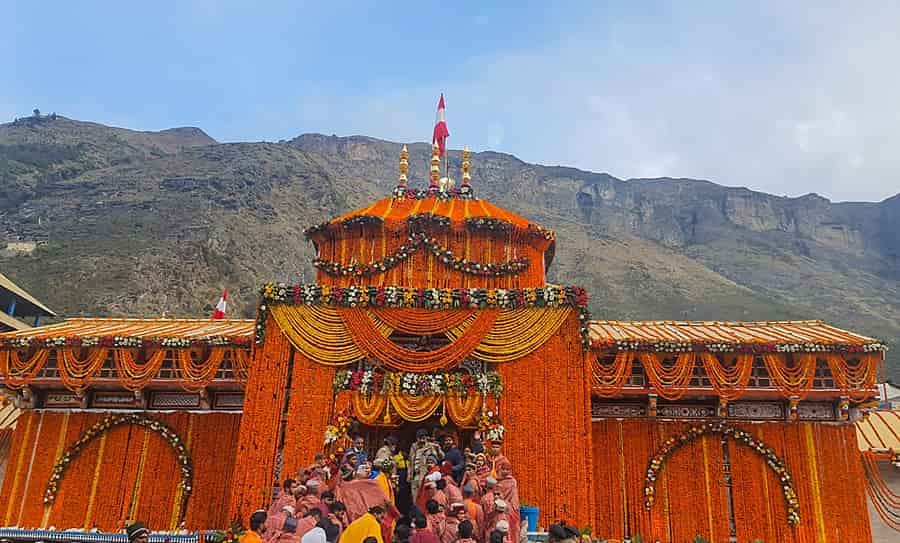
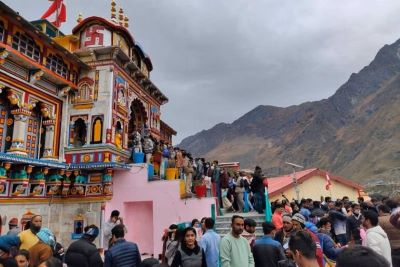
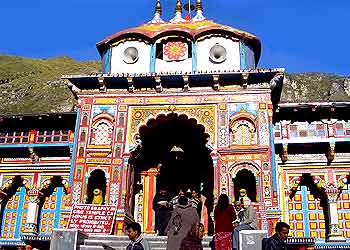
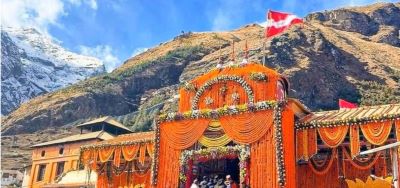
FAQs related to Badrinath
1. When is the best time to visit Badrinath?
The best time to visit Badrinath is during the summer months, from May to June, when the weather is pleasant, and the temple is open for pilgrims.
2. Is Badrinath accessible during the winter months?
The temple remains closed during the winter months (December to April) due to heavy snowfall. However, the town can be reached by road until the Joshimath and nearby Auli become a popular skiing destination.
3. What are the nearby attractions in Badrinath?
Mana Village, the last village before the Indo-Tibetan border, is a nearby attraction. The Alaknanda River, Vasudhara Falls, and the mesmerizing landscapes of the Garhwal Himalayas are also worth exploring.
4. Is there an entry fee for visiting Badrinath Temple?
There is no entry fee for visiting the Badrinath Temple. However, donations are accepted, and devotees often contribute voluntarily to the temple’s maintenance
5. Are there medical facilities available in Badrinath?
Basic medical facilities are available in Badrinath, including a government hospital. However, it’s advisable to carry any necessary medications and consult a healthcare professional before the journey.


